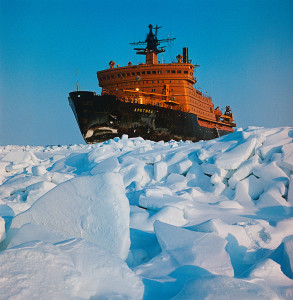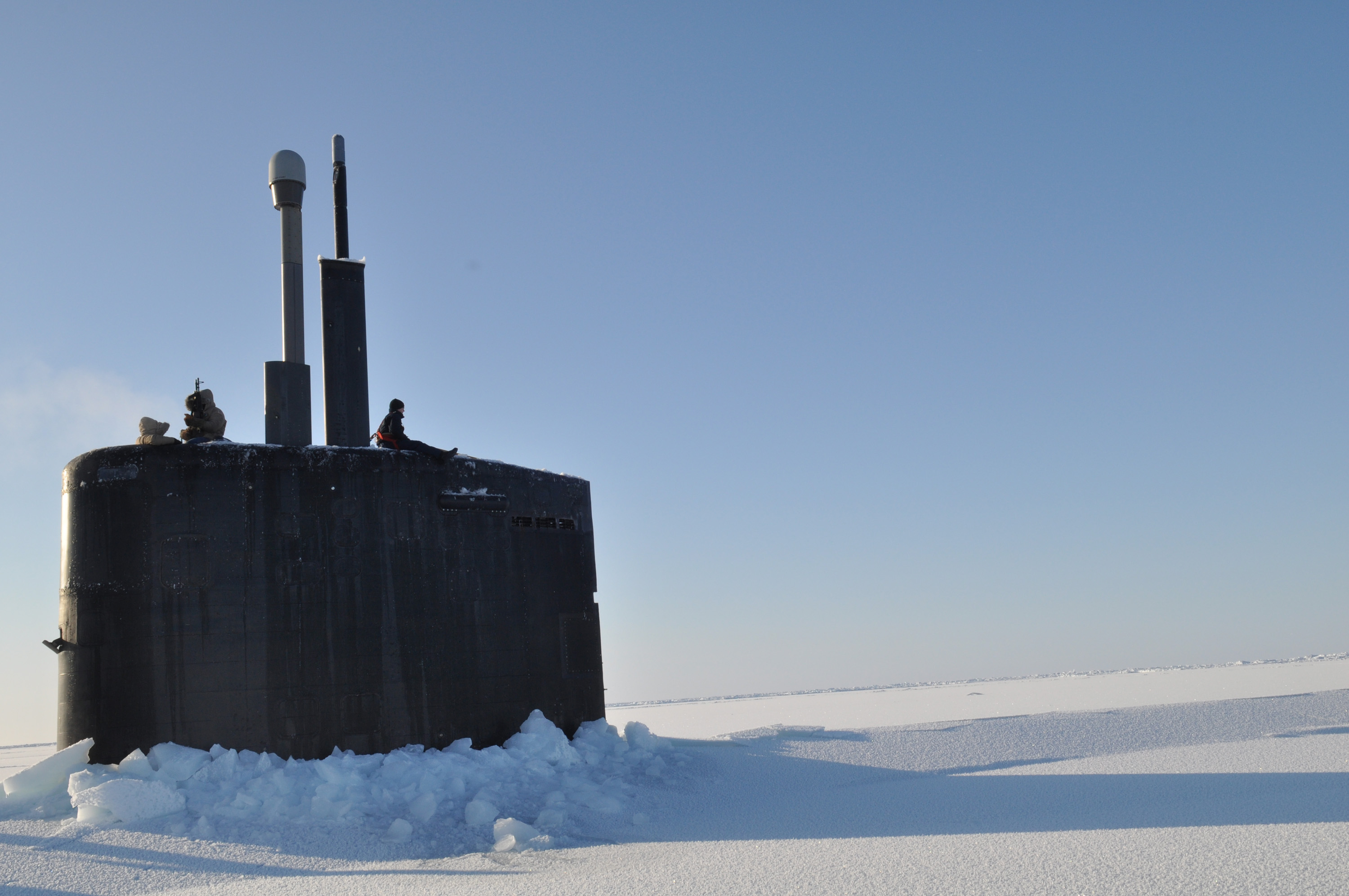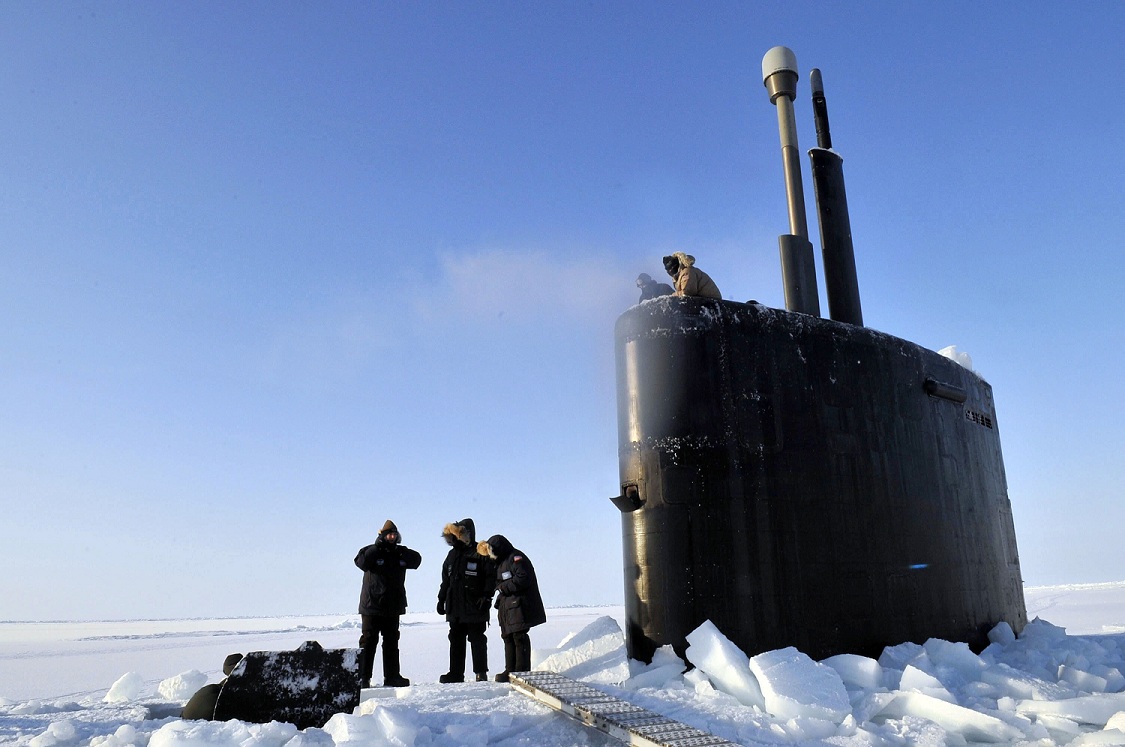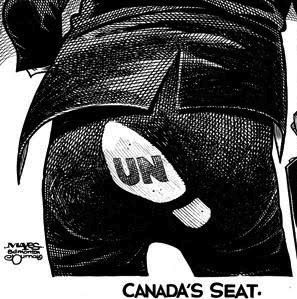With the United States’ Department of the Interior’s conditional approval of Shell’s proposed exploratory drilling in the Chukchi Sea northwest of Alaska, international attention has once again returned to the enormous economic potential of the Arctic. For its part, the Canadian government has approved $500 million in additional funding for oil and gas exploration in the Beaufort Sea off the coast of the Northwest Territories. The Canadian North is estimated to hold reserves of natural gas that comprise trillions of cubic feet, and so much hinges on the stability of this region in the future. But how do the capabilities of the Canadian Forces compare with other Arctic countries?
The Canadian Forces’ procurement problems have been well-documented. Cost overruns at this early stage in the Arctic Offshore Patrol Ship project (AOPS) have led to the revised projection that the Royal Canadian Navy will have only five Harry DeWolf-class offshore patrol vessels at its disposal to patrol Canada’s Arctic waterways from 2018 onward, rather than the originally projected complement of eight vessels. The exact capabilities of this class of vessel also remain uncertain, though most estimates suggest a design similar to the Norwegian Coast Guard’s Svalbard-class icebreaker and patrol vessel, with its displacement of approximately 6,375 tons.
Inflexibility in Canada’s military procurement has also resulted in some missed opportunities, such as Northrup Grumman’s proposal to produce several modified RQ-4B Global Hawk drones, known as Polar Hawks, for long-range aerial surveillance in the Arctic. Due to the prioritization of the Joint Support Ship project, the Canadian Coast Guard is not expected to receive CCGS John G. Diefenbaker, a state-of-the-art icebreaker, until 2022. Proposals for the establishment of a naval base in Nanisivik, Nunavut, and an airbase in Resolute Bay, Nunavut, have also largely been abandoned due to cost overruns.
For the most part, the defence of Canada’s North depends on a force of roughly 5,000 Canadian Rangers militia arrayed across some of the world’s vastest and remotest territory. CF-18 fighter jets are intermittently stationed in Inuvik, Northwest Territories, or Iqaluit, Nunavut, to intercept aircraft entering Canadian airspace, while CP-140 Aurora aircraft patrol the Arctic. To round this out, the Canadian Coast Guard continues to operate an aging fleet of six heavy icebreakers, which can at certain times of the year clear Arctic waterways for the passage of Kingston-class coastal defence vessels and other Navy assets.

But Canada is not the only polar country to fall somewhat short of its Northern ambitions. Russian defence officials have made much of their proposed plans to establish a brigade-level group of the Russian Ground Forces specializing in Arctic operations, saying such a force could be operational by 2018. However, there has been no discernible progress in this area and current formations are not particularly threatening to Canada’s Arctic sovereignty. Forces of the Russian Federation’s Eastern Military District are not poised to strike at Canada and the United States from the Kamchatka Peninsula, but are generally stationed along the borders with China and Kazakhstan.
Although the Russian Navy’s Northern Fleet has quite an impressive array of forces at its disposal, much of it is based in Murmansk and nearby Severomorsk or in the Baltic Sea. As such, the Northern Fleet could certainly pose a threat to Canada’s NATO partners in Europe, but it would involve a significant effort on the part of the Russian Navy to redeploy assets from the Northern Fleet to challenge Canadian sovereignty in the Beaufort Sea or elsewhere. Similarly, although Russia boasts four Arktika-class nuclear icebreakers, all are stationed in or near Murmansk. Perhaps the only threat comes from the Russian Air Force, which has demonstrated its ability to intrude into Canadian airspace with its Tu-22M strategic bombers. An Arktika-class nuclear icebreaker in operation with the Russian Navy.
Aside from Russia, who else could challenge Canada in the Arctic? Denmark, which has disputed Canada’s sovereignty over Hans Island, at first glance it seems able to conduct significant operations in the North. The Royal Danish Navy has at its disposal three Iver Huitfeldt-class frigates (6,645 tons), two Absalon-class frigates (6,600 tons), four Thetis-class frigates (3,500 tons), and two Knud Rasmussen-class patrol vessels (1,730 tons). But a lack of new icebreakers limits Danish military planners with any designs for Canada’s North. With drop tanks, F-16 Fighting Falcons operating from Danish airbases in Greenland could conceivably strike targets in Nunavut, but this would be the extent to which Denmark could act militarily against Canada in the Arctic. As Greenland negotiates autonomy from Denmark and demands greater power over its own security, the Danish military’s capacity to operate in the region may also be affected.
For its part, Norway has only one icebreaker, and its operations are focused exclusively on patrolling the Svalbard archipelago. Even the United States is struggling to secure its own Arctic frontier. The US Navy’s Third Fleet, which consists of four carrier groups and an expeditionary strike group, has responsibility for the Bering Sea, Alaska, and the Aleutian Islands, although these assets see much more frequent deployment to the Pacific Rim region. The US Coast Guard has two icebreakers capable of patrolling Alaska’s coastal waters, while US submarines are known to frequently patrol beneath the surface. The Northern Warfare Training Centre in Black Rapids, Alaska, is the US Army’s only training facility for Arctic operations, though there is certainly an ample presence of ground forces throughout Alaska. Naturally, the US Air Force would be capable of exerting superiority over Canadian airspace in the North.

In 2013, the US Department of Defence introduced its Arctic Strategy, which is principally concerned with cultivating soft power in the region, such as promoting the role of the Arctic Council and enhancing the US military’s disaster response capabilities in the region. Building upon this document, American policymakers have identified the US Navy as the leading tool for exerting sovereignty in the Arctic, especially as the waters of the Bering Strait open for a greater portion of the year from 2020 onward. This should mean greater investment in the US Navy’s and US Coast Guard’s means to operate in Arctic waters, such as the purchase of a $1 billion state-of-the-art icebreaker proposed in 2012, but current fiscal conditions have hamstrung defence budgets.
Clearly, Canada is not alone in having difficulties realizing its Arctic aspirations. If the first of the Harry DeWolf-class coastal defence vessels is delivered on schedule, Canada will have a competitive advantage in the region, especially as many other countries lag when it comes to icebreaking. As it stands, however, it seems any development in the Beaufort Sea or Chukchi Sea can progress without fear of military aggression.




